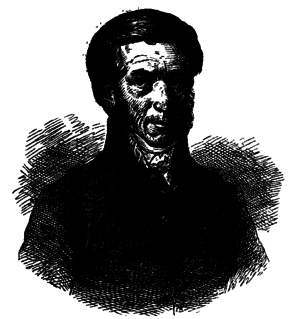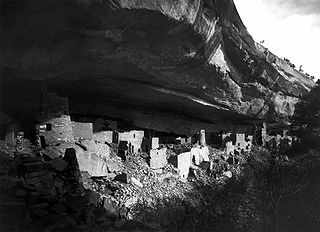 W
WVäinö Auer, the son of senator Kyösti Auer, was a Finnish geologist and geographer, chiefly remembered as an explorer of Tierra del Fuego and Patagonia. He is also noted for his pioneering studies on tephrochronology, desertification, and the development of bogs.
 W
WKai (Karl) Reinhold Donner was a Finnish linguist, ethnographer and politician. He carried out expeditions to the Nenets people (Samoyeds) in Siberia 1911–1914 and was docent of Uralic languages at the University of Helsinki from 1924. He was, among other things, a pioneer of modern anthropological fieldwork methods, though his work is little known in the English-speaking world.
 W
WArvid Adolf Etholén, or Adolf Karlovich Etolin was a naval officer, explorer and administrator in the Russian Empire who was employed by the Russian-American Company from July 1818. He was a Swedish-speaking Finn, born in Helsinki in Swedish Finland. Etholén first reached Novoarkhangelsk in Russian America in the service of the Russian-American Company in 1818, rising to become Chief Manager of the Company between 1840 and 1845..
 W
WPeter Forsskål, sometimes spelled Pehr Forsskål, Peter Forskaol, Petrus Forskål or Pehr Forsskåhl was a Swedish-speaking Finnish explorer, orientalist, naturalist, and an apostle of Carl Linnaeus.
 W
WJohan Hampus Furuhjelm, was a Finnish-Russian vice-admiral and explorer, commander of the Russian Baltic Fleet, Governor of the Russian Far East, Taganrog and Russian America.
 W
WCarl Axel Gottlund was a Finnish explorer, collector of folklore, historian, cultural politician, linguist, philologist, translator, writer, publisher and lecturer of Finnish language at the University of Helsinki. He was a colorful cultural personality and one of the central Finnish national awakeners and — later — one of the leading dissidents at the same time.
 W
WFridolf Fabian Heck the surname also rendered as Höök or Fridolf Kirilovich Gek was a Finnish naval captain, whaler, free trader, and settler in the Russian Amurland.
 W
WPehr Kalm, also known as Peter Kalm, was a Swedish explorer, botanist, naturalist, and agricultural economist. He was one of the most important apostles of Carl Linnaeus.
 W
WSigfrid Rafael Karsten was a Finnish social anthropologist and philosopher of religion, known especially for his work among the indigenous people of Southern America.
 W
WCarl Gustaf Emil Mannerheim was a Finnish military leader and statesman. Mannerheim served as the military leader of the Whites in the Finnish Civil War of 1918, Regent of Finland (1918–1919), commander-in-chief of Finland's defence forces during World War II (1939–1945), Marshal of Finland, and the 6th president of Finland (1944–1946).
 W
WNils Adolf Erik Nordenskiöld was a Finland-Swedish aristocrat, geologist, mineralogist and Arctic explorer. He was a member of the prominent Finland-Swedish Nordenskiöld family of scientists and held the title of a friherre (baron).
 W
WGustaf Nordenskiöld was a Swedish scholar of Finnish-Swedish descent who was the first to scientifically study the ancient Pueblo ruins in Mesa Verde. He was a member of the Nordenskiöld family of scientists and the eldest son of polar explorer Baron Adolf Erik Nordenskiöld and his equally aristocratic wife, Anna Maria Mannerheim.
 W
WHelinä Rautavaara was a Finnish explorer, adventurer, collector and journalist. She traveled in Africa, Asia and Latin America and collected ethnographic artefacts and information about cultures. Her collection is now displayed in The Helinä Rautavaara Museum in Espoo.
 W
WHerman Diedrich Spöring Jr. (1733–1771) was a Finnish explorer, draughtsman, botanist and a naturalist.
 W
WGeorg (George) August Wallin was a Finnish orientalist, explorer and professor remembered for his journeys in the Middle East during the 1840s.